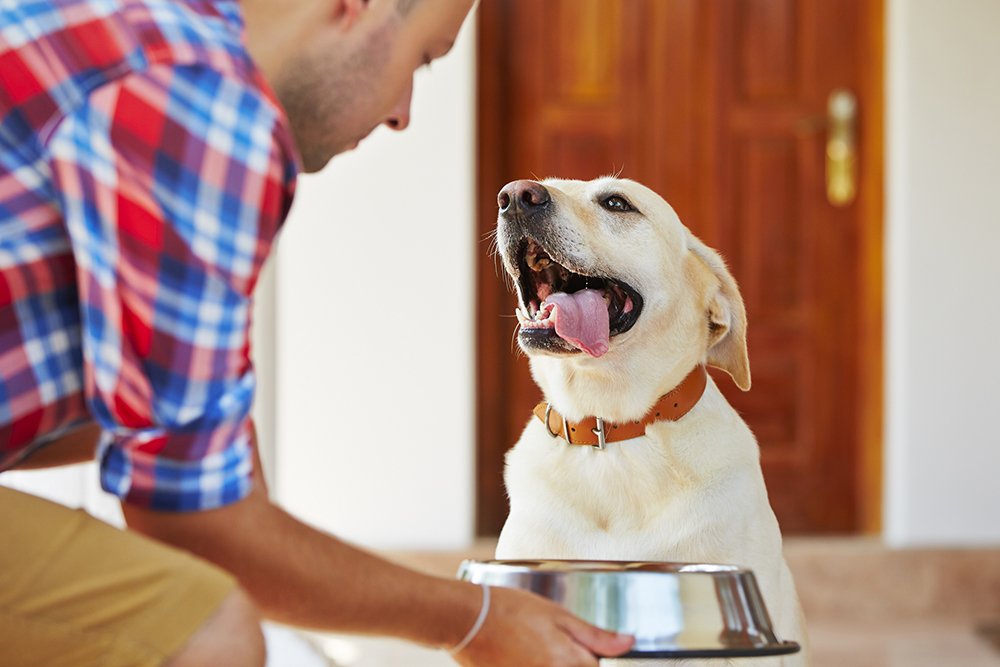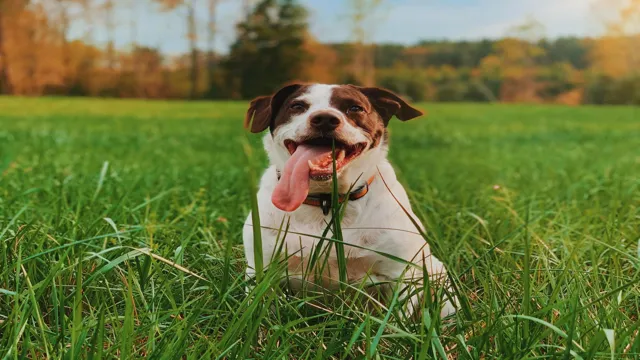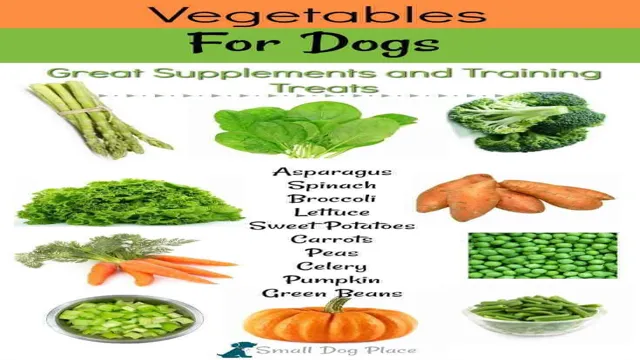Dog Diet: Things to Know About Feeding Your Pet

Our pets eat things that we feed them. Their well-being is essential to their happiness, and one of the simplest ways to ensure this is to make sure they eat a nutritionally balanced diet.
Our pets need the same nutrients from their diet as we do, such as carbohydrates, fats, vitamins, minerals, protein, and water, whether wet, dry, raw, or homemade food. Depending on your pet’s breed, age, and health, numerous factors must be kept in mind before deciding what you can feed your dog. This post will discuss the different things you should know as a pet owner before feeding your pet. So let’s begin!
What To Feed My Pet?
If you own a pet or any emotional support animal, specifically a dog, you should feed them some items made from plants. Wild dogs, on the other hand, have a reputation for eating a range of meat, bones, organs, and even vegetative materials in their prey’s gut. It’s important to realize that every dog is unique.
Each dog has specific demands according to their breed, size, age, and other characteristics. You would have a better notion of what to feed your dog if you had a proper consultation with the vet. Most domestic dogs are carnivores who only occasionally consume omnivorous meals. If your dog has any medical difficulties, make sure their food is balanced and adequate for its stage of life.
Use human-grade meat whenever possible because certain other meat and bone products contain color patterns and preservatives that could harm your dog’s health. A veterinarian would be more qualified to design a suitable diet for your dog, considering their age, fitness level, feeding preferences, and medical issues. Avoid using raw meat and choose a small amount of cooked meat, such as boiling chicken, lamb, fish, or goat instead, without adding any additional seasoning.
How Much Amount Is Required To Feed My Pet?
A dog’s diet planning is greatly influenced by its size, breed, age, and exercise habits. Do not overfeed or underfeed your pet. A pet’s diet should also include hydration as a critical factor. Never let their water bowl run dry. Run your fingers through your pet’s abdomen to determine whether they are obese. Your pet is in good shape if you can feel its ribs and see a well-defined waist. If not, that means they need to start dieting.
If you own a dog as your pet, you will see a problem of obesity in them when they start aging. It becomes increasingly difficult to prevent chronic ailments like osteoarthritis and cardiovascular disorders. This health problem is common in dogs. For many pets start, obesity is a significant issue, and as they age, it becomes increasingly difficult to prevent chronic ailments like osteoarthritis and cardiovascular disorders.
List of Dog’s Food Depending on the Age
Below we have compiled the list of what your dog can eat depending on their age:-
- From Age 8 to 14 weeks
Many puppies move into new homes at this age. The necessity of continuing their diet cannot be overstated. An abrupt change in food may make children refuse to eat and even make their stomachs uncomfortable. Most breeders will advise you on their recommended feeding schedule, and it is recommended that you follow this schedule for a few weeks before adding your preferred diet to your dog’s routine. An easy and ideal diet choice is premium commercial chow made for puppies. Puppies need food constantly and have a high nutritional need at a young age. At this period, small meals at regular intervals are beneficial.
- Above 16 weeks of age
Raw meat and bones can be added to your dog’s diet at this age, but it should be in moderation. Dogs need something to chew when their permanent teeth erupt at 16 weeks or older. Raw meat and bones aid in teething and spare you the trouble of purchasing new furniture, such as a couch or shoes. One bone with a healthy amount of meat each week is recommended for puppies of this age. Dogs are highly possessive of their food; if you try to take it away from them, they may growl or snap at you. Therefore use caution and refrain from interfering when they are eating.
During the introduction of new foods, be aware of your dog. Evaluate your dog for symptoms of intolerances, allergies, or whether they enjoy it. You might start by reducing the number of meals your puppy has daily as it grows. Strive to adopt a two-meal per day diet while avoiding overeating and undereating.
- Adult Dogs
If your dog has passed its initial weeks and is turning into an adult dog, feed them food only once or twice a day, depending on its needs. Choose a high-quality commercial dog food suitable for their age, lifestyle, and eating preferences. Large breed dogs don’t become “adults” until they are between 18 and 24 months old, whereas small or medium breed dogs are deemed “adults” as early as 12 months. Talk to your veterinarian when your dog is ready to transition from puppy to adult food. Make sure the diet you select is comprehensive, balanced, and nutrient-rich. Adding fish, veggies, or cooked or raw meat to otherwise repetitive cuisine yields positive outcomes and offers a flavor change.
- Senior Dogs
Elderly dogs or senior dogs require proper nutrition and health care. Elderly dogs need to be monitored because they are known to have chronic health problems that impair their hip and joint health, cardiovascular function, gastrointestinal function, etc. Going back to the fundamentals will benefit dogs at this point in life. Smaller meal quantities eaten several times daily will aid in adequate nutrient absorption and digestion. It is advisable to contact your veterinarian to learn what you need to feed your dog at this point in its life.
What is the Role of Treats in a Dog’s Diet?
Similar to humans, dogs also like when there is a slight change in their everyday diet. Treats offer a different flavor and give dogs something to focus on during a meal. They serve as incentives, support obedience training, and soothe dogs experiencing emotional or physical stress. Several treat options are available in the market for your furry friends, such as snacks, meats, biscuits, bones, etc.

Some people have doubts about dog treats that are sold commercially. But if you make good choices, the treats won’t harm your dog’s health; they’ll only improve it. Certain dog foods sold in stores and online treats could include unhealthy artificial colors, flavors, seasonings, or preservatives. After careful consideration and consultation with your veterinarian, choose healthy dog treats.
You could always make some homemade dog treats as an alternative. You can make something special for your dogs if you’re choosy when picking dog food from the store or online. You may discover a variety of recipes for your dog to eat online, and since they are all cooked by hand, you can see exactly what is going into the dish and in your dog’s stomach. Creating your own dog treats guarantees you give them the best and strengthens your relationship with them.
Which Human Food Should You Avoid Feeding Your Dog?
Not all types of human food are suitable for pets to consume. It’s crucial to remember that dogs are unique animals with fewer dietary needs and physiological processes. The following household objects have been recognized as being harmful to dogs and must be avoided at all costs:
- Salty Food
- Chocolate
- Citrus
- Onions and garlic
- Lactose and milk
- A fatty diet, and many more.
This list might be different for every dog. Make sure your dog receives expert assistance from a vet if you see them snacking on anything they shouldn’t eat.
Final Thoughts:- We sincerely hope that our in-depth guide to a dog’s diet gives you all the essential clarifications about things you should know about feeding your dog. Ensure that whatever food you provide your dog should contain all the vital components and is given in proper portions so your dog’s stomach is always happy!




